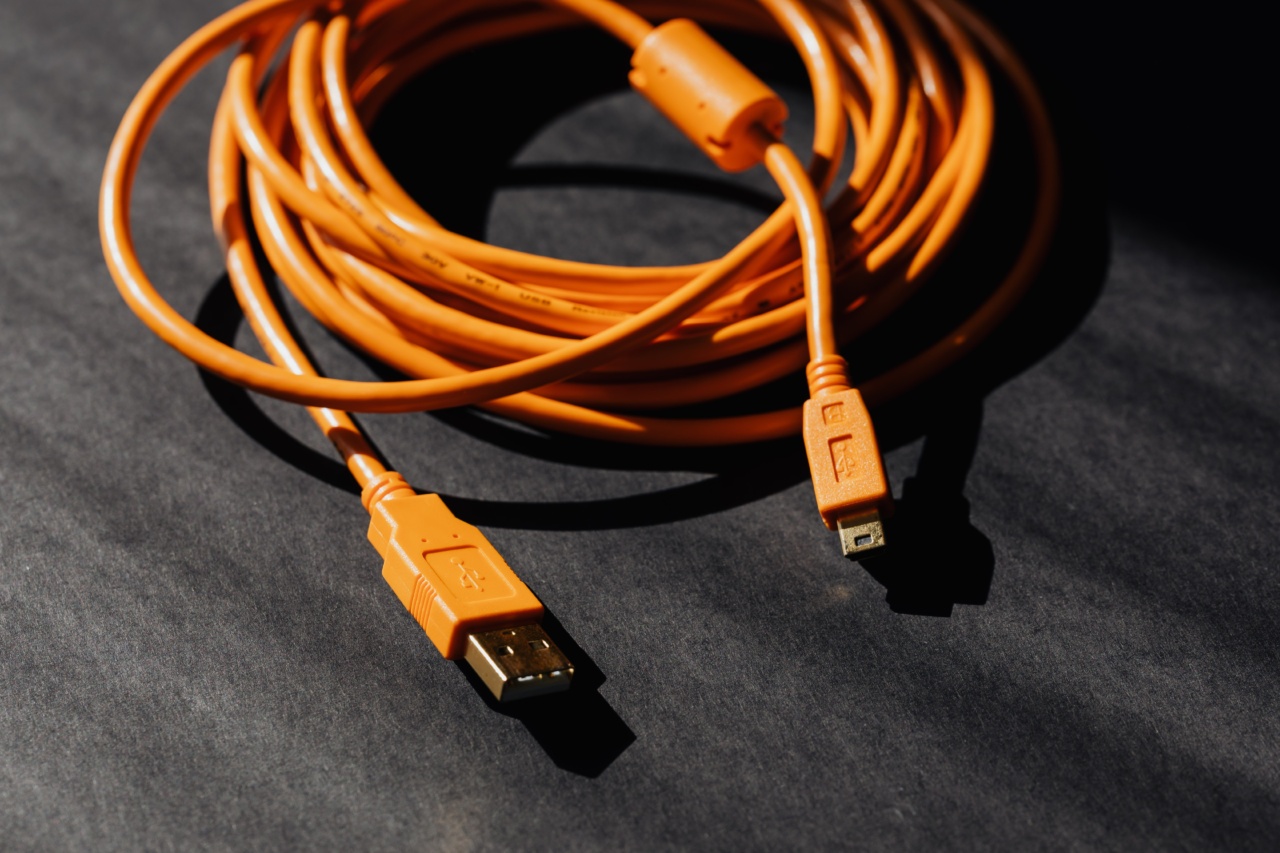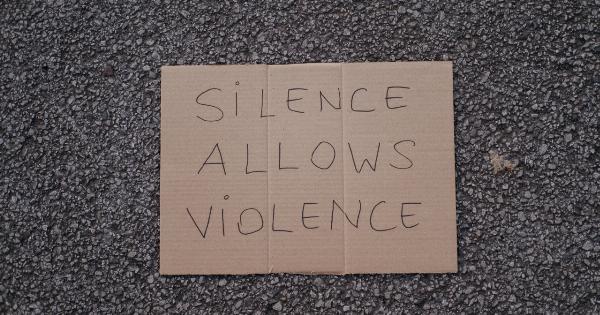Herpes zoster, also known as shingles, is a viral infection that causes a painful rash. It is caused by the varicella-zoster virus, the same virus that causes chickenpox. After a person has had chickenpox, the virus remains dormant in the nervous system.
Later in life, the virus can reactivate and cause shingles.
What is a Stroke?
A stroke is a medical emergency that occurs when the blood supply to part of the brain is interrupted or reduced, depriving brain tissue of oxygen and nutrients. Within minutes, brain cells begin to die.
A stroke is a serious and often life-threatening event that can cause significant disability and even death.
Link between Herpes Zoster and Stroke
Studies have suggested a link between herpes zoster and stroke. The risk of stroke is highest in the first year after a person develops shingles and decreases gradually over time.
The risk of stroke is highest in people who have herpes zoster on the face, eyes, or forehead.
The exact mechanism by which herpes zoster increases the risk of stroke is not completely understood. However, some researchers believe that inflammation caused by the virus may cause damage to blood vessels in the brain, leading to stroke.
Symptoms of Herpes Zoster and Stroke
The symptoms of herpes zoster include a painful rash, usually on one side of the body, along with fever, headache, and chills. The rash typically lasts for two to four weeks. Some people may also experience fatigue, loss of appetite, and general malaise.
The symptoms of stroke include sudden weakness or numbness of the face, arm, or leg, especially on one side of the body; sudden confusion, trouble speaking, or understanding speech; sudden trouble seeing in one or both eyes; sudden trouble walking, dizziness, loss of balance or coordination; and sudden severe headache with no known cause.
Prevention and Treatment of Herpes Zoster and Stroke
There is currently no cure for herpes zoster. However, antiviral medications can help to reduce the severity and duration of symptoms and may also reduce the risk of complications such as postherpetic neuralgia.
Prevention of herpes zoster involves getting vaccinated. The herpes zoster vaccine is a live attenuated vaccine that is given to people age 50 years and older.
The vaccine can reduce the risk of shingles by about 50% and the risk of postherpetic neuralgia by about 67%.
Prevention of stroke involves managing risk factors such as high blood pressure, high cholesterol, diabetes, and smoking.
Lifestyle changes such as eating a healthy diet, exercising regularly, and avoiding alcohol and drugs can also help to prevent stroke.
Treatment of stroke depends on the type and severity of the stroke. Medications such as clot-busting drugs or anticoagulants may be used to dissolve or prevent blood clots. Surgery may also be used to remove a blood clot or repair a blood vessel.
Conclusion
In conclusion, there is a link between herpes zoster and stroke. Herpes zoster increases the risk of stroke, especially in the first year after developing shingles. The best way to prevent herpes zoster is to get vaccinated.
The best way to prevent stroke is to manage risk factors and make lifestyle changes. If you or someone you know experiences symptoms of herpes zoster or stroke, it is important to seek medical attention immediately.




























